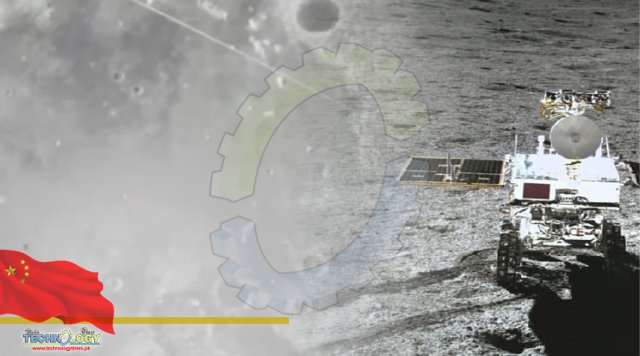China’s Phase-4 lunar probe mission, consisting of the Chang’e-6, -7, and -8 to be carried out successively in 10 years, has obtained state approval and is proceeding smoothly,

The mission is hoping to explore the Moon’s South Pole region and build a basic structure of the International Lunar Research Station (ILRS). The Chang’e-6 probe, which has served as a backup for Chang’e-5 with a sample retrieval capability, will travel to the far side of the moon, Liu Jizhong, China’s Phase-4 lunar probe mission, Director of China Lunar Exploration and Space Engineering Center, said in an interview with China Central Television (CCTV). He added that the module has been basically completed. Liu noted that the Chang’e-7 probe is currently being developed. The mission will subsequently explore the Moon’s South Pole region, and establish a basic structure for the ILRS. When asked why the country looks at the South Pole region for the building of ILRS, Wu Weiren, the chief designer of China’s lunar exploration program, the temperature on the far side of moon can reach -200 C and the near side can mount to 200 C, neither of which is not suitable for long-term human activities. The South Pole region is also subject to the polar day night phenomenon, during the polar day, there would be more than 180 days of continuous daylight, which would support long-term work on the moon surface, and which explains why we intend to build the station there,
There may also be water in the deep pit located in the South Pole, and if any can be found there, it will be another positive factor for the sustained operation of the ILRS as well as a short-period of human exploration in the region, he added. China’s Phase-4 lunar probe mission, According to the CNSA, the exploration of the South Pole will be completed by Chang’e-6 and -7, while Chang’e-8 will deploy some key technologies for lunar surface tests and preliminary exploration for the construction of the lunar research base. “The purpose of our missions is to lay the foundation for building a lunar station. So there are a lot of technologies that need to be tackled, and meanwhile the resources available on the Moon needs to be surveyed, so great challenges lay ahead of us. But with our previous experiences and an excellent team, I believe we can succeed,” Liu said. Wu added that there will be rovers, landers and leapers working in a coordinated way as part of the future ILRS and also lunar-based communication network, such as Wi-Fi, to support the long-term mission.
Source: This new is originally published by globaltimes